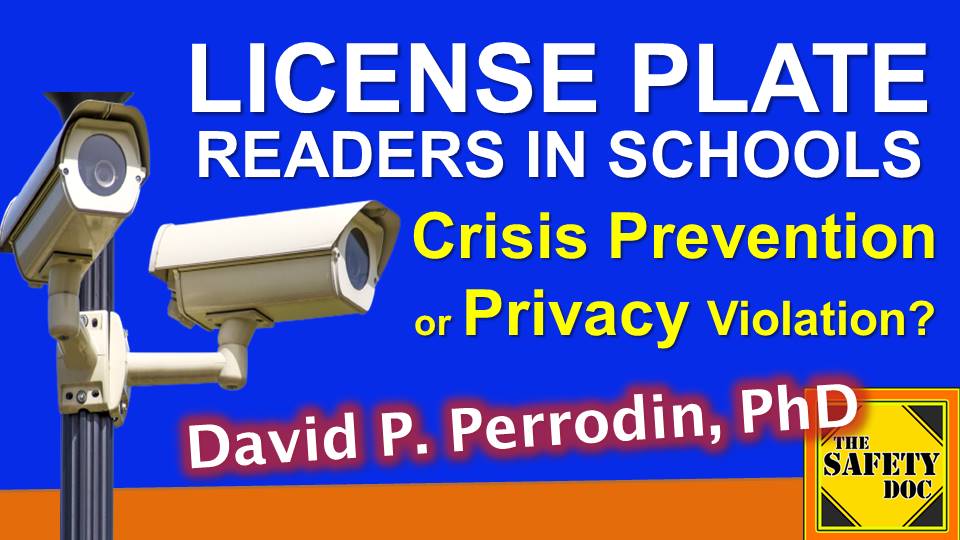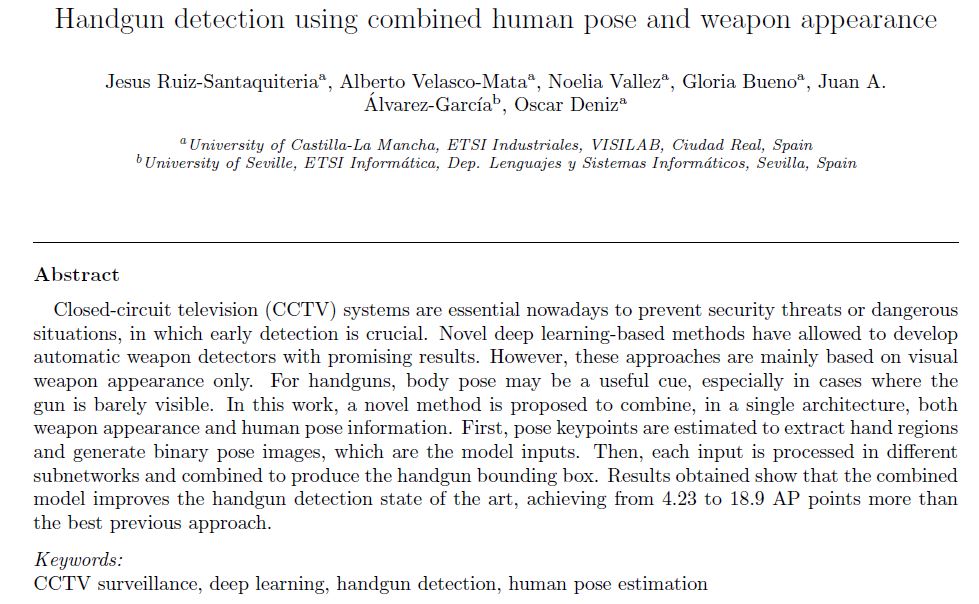License Plate Readers in Schools | An Added Layer For Campus Security or Rights Violation? | SDP202
Cameras and video surveillance have become ubiquitous with school safety. Those super-tech tools have amazing capabilities – such as zooming in to read print on a piece of paper on the hallway floor. But, cameras are almost exclusively forensic equipment – they might be helpful for identifying who stole a jacket from a locker. From a prevention standpoint, cameras are over-hyped. Realistically, nobody is watching a dozen live camera streams. And, it’s unlikely that camera systems will allow law enforcement to track and intercept a school shooter who is inside of a school. But, perhaps the bad rap of cameras should be re-visited. Has Doc shifted his position on video surveillance in school settings, beginning with license plate readers?

DIRECT LINK to MP3 of this Episode: https://tinyurl.com/SDP202-AUDIO
WHAT IS IT? This rabbit hole begins with license plate readers. Automated license plate reader (ALPRs) systems combine high-speed cameras and sophisticated software to capture and convert license plate images into data that can be compared with information in other databases. Cameras used in ALPRs may be mobile or stationary and are small enough to be mounted on police cars, road signs or traffic lights, or placed at the sides of roads or on bridges. License plate reader systems can collect a driver’s geographic location, along with the date and time a vehicle was in a particular place.
DETERRENCE. A 2014 survey of more than 97,000 school bus driver’s found that 76,966 vehicles illegally passed school buses on a single day! As of 2015, thirteen states explicitly allow school districts to use cameras to capture drivers illegally passing stopped buses. Clearly marking school buses as having ALPRs and coupling that to billboards and media awareness campaigns might deter people from illegally passing buses. This is just one example of deterrence from ALPRs. Another might be ALPRs verifying parent’s vehicles entering a school area. What if a non-custodial guardian went to the school to take a student? And systems with ALPRs might notify office staff that the vehicle is not associated with someone approved to pick up the child.
WHAT IF PLATE READERS COULD ALSO DETECT WEAPONS AND HUMAN POSE? In a 2021 research study titled: ‘Handgun detection using combined human pose and weapon appearance’, it was observed that “This work proposes the use of the human pose as complementary information to improve the performance of current handgun detectors based on deep learning. The human pose, defined as the relative position of the different joints and limbs of the human body, is quite characteristic in shootings.” In other words, deep learning AI is getting very good at identifying the pattern of not only a gun, but the human movements that happen prior to firing a gun. So, thinking beyond ALPRs, one can step into even more sophisticated AI that recognizes types of vehicles, shapes, and patterns. How about software paired with ALPRs in order to detect someone holding a gun or a knife? It’s not far-fetched, and already in place at some of the world’s most secure settings (we just don’t know about it). In the fight to mitigate drug overdoses, mosaic camera systems might be able to identify when someone collapses – and immediately flash that information to authorities. So, there’s much more capability here than simply reading license plates – and is that a good thing?

ARE LICENSE PLATE READERS LEGAL? According to the National Conference of State Legislatures (2022), at least 16 states have statutes that expressly address the use of ALPRs or the retention of data collected by ALPRs. For example, Arkansas prohibits use of ALPRs by individuals, partnerships, companies, associations or state agencies. There are exceptions for limited use by law enforcement or controlling access to secure areas. And, data can not be preserved for more than 150 days. Vermont requires a law enforcement officer to be certified in the use of an automated license plate reader to operate such a system. Provides that active system data may only be accessed by an officer with a legitimate law enforcement purpose for the data. What is a ‘legitimate law enforcement purpose’ in a school setting, and who is monitoring how these systems are being accessed as well as how the data is kept secure?
SAFETY WITHOUT COMPROMISING PRIVACY? ALPRs collects a lot of “customer” data. With data breaches commonplace, what are the risks of having ALPRs data hacked, or shared, or even sold? And, ALPRs data from a variety of locations might be able to identify an individual’s behavior.
This is episode 202 of The Safety Doc Podcast published on 01-10-2023. This podcast and blog post represent the opinions of David P. Perrodin and his guests to the show. The content here is for informational purposes only. Please consult with your safety professional regarding the unique needs of yourself or your organization.
FOLLOW
- Watch this episode on “The Safety Doc” YouTube channel https://tinyurl.com/SDP202-VIDEO
- Listen to this episode on PodBean MP3 https://tinyurl.com/SDP202-AUDIO
- Apple Podcasts http://tinyurl.com/SafetyDocApplePodcasts
- SAFETY DOC WEBSITE & BLOG safetyphd.com
- Follow David & The Safety Doc Podcast on Twitter @SafetyPhD
- Email Dr. Perrodin [email protected]
Purchase Dr. Perrodin’s books
School of Errors – Rethinking School Safety in America
The Velocity of Information – Human Thinking During Chaotic Times
